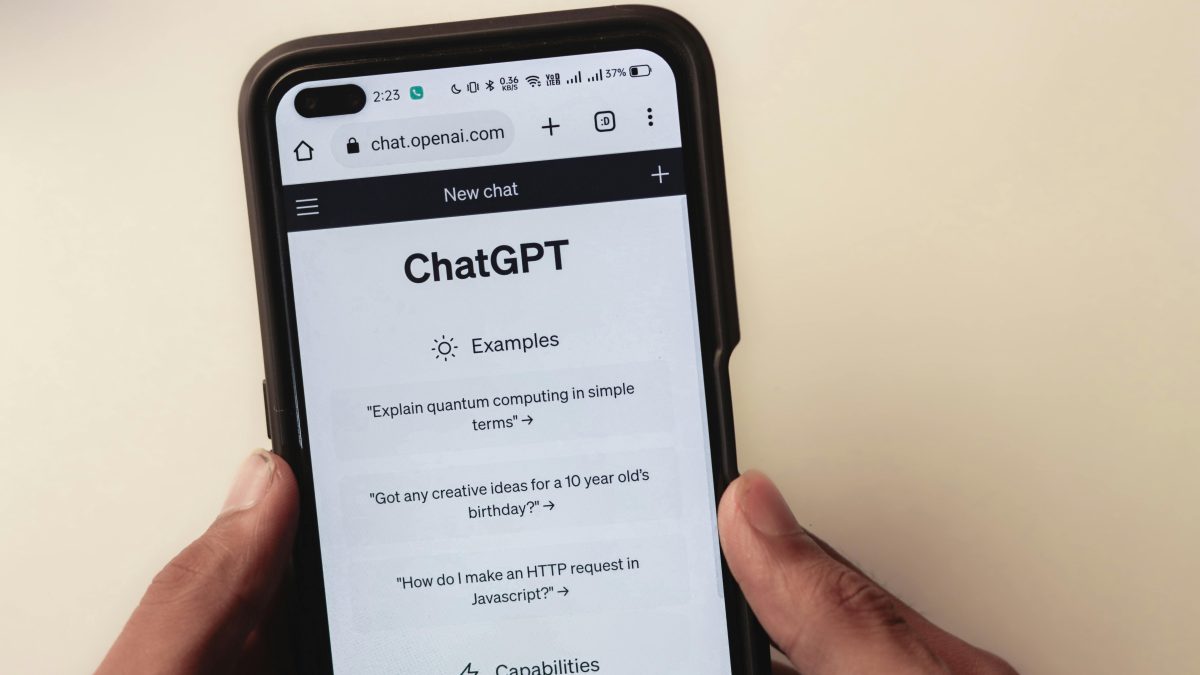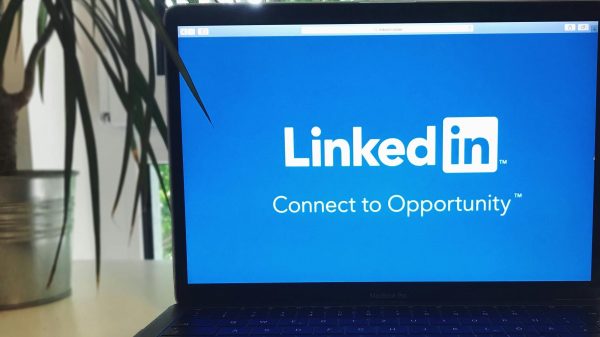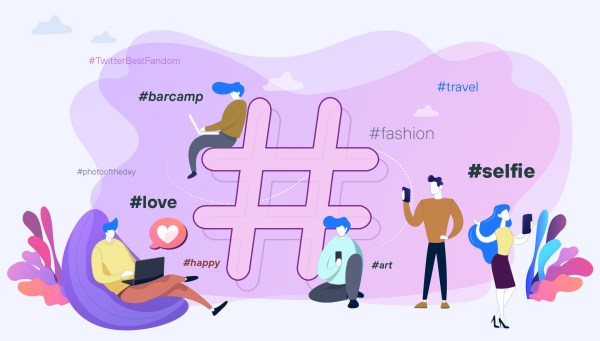ChatGPT, OpenIA’s artificial intelligence model, is already one of the most widely used tools in digital marketing and is changing the rules of the game in digital advertising.
In this post, we’re going to talk about ChatGPT’s Advanced Data Analysis feature. This is a very powerful tool that allows us to upload our Google Ads campaign files and provides us with in-depth analysis, graphs, KPIs to review, tips and insights. Yes, it’s like having an expert data analyst by your side. So, if you’re only using ChatGPT for routine or operational tasks, stick around because you’re not getting the most out of AI.
Step by step: how to analyse your campaigns with ChatGPT
- Step 1: The first thing we need to do is upload our campaign data. To do this, we can export the Google Ads campaign reports in .csv format and upload them to ChatGPT.
- Step 2: Once we have the data uploaded, we need to ask in natural language what we want to analyse in detail about our campaigns. For example, which day of the week we have the best conversion rate and ask the AI to make us a conversion chart. Or we can also ask it what type of campaigns or ads generate the most conversions.
- Step 3: ChatGPT will return interactive graphs and you can even ask it to adjust the colours used to match your brand’s corporate colours, filters or graph type to suit your visualisation needs.
- Step 4: In addition, we can ask for projections to see what results we could obtain if, for example, we increased the budget by 20%, and even what its recommendation is for our budget. Generative AI uses historical data and patterns, which allow for more efficient management of our campaign resources, maximising ROI.
- Step 5: Finally, if we want to make a difference, we can ask for a more in-depth analysis to understand the correlations between our KPIs and help us generate marketing mix models, along with the corresponding explanations.
Start with this prompt and transform your approach to Paid Media
One of the great advantages of working with ChatGPT is that you can interact in natural language, without the need for technical knowledge. Therefore, as we have seen above, the first thing we need to do is upload the .csv file with our campaign data and ask the right questions.
Here is a recommended prompt to get you started:
“Analyse this .csv file that includes data on performance campaigns in Google Ads. I want to identify key performance patterns: days and times with the highest conversion rates, most efficient campaigns and ads, and audience segments with the best ROI. Generate visual graphs with the main KPIs (CTR, CPA, conversion rate, ROAS) and apply the corporate colours: blue #0033A0 and grey #7A7A7A. Make an estimated projection if I increase the budget by 20% and suggest how to redistribute it optimally. Also, analyse whether there are significant correlations between key variables (investment, impressions, clicks, conversions, etc.) and propose a basic marketing mix model explaining your interpretation. Finally, prepare an executive summary with the main insights and optimisation recommendations to share with the team.
With prompts like this, you’ll go from having simpler reports to strategic, visual analysis, ready in seconds to make relevant decisions. And remember that the formula for good prompting is: provide context, define the task, explain the instruction in detail and clarify it, and finally, refine it.
What are the leading platforms doing with generative AI?
As Generative Artificial Intelligence is becoming the driving force behind the most effective advertising campaigns, leading platforms such as Google and Meta have demonstrated their leadership and are integrating this technology into their own products.
In fact, Google launched three new AI tools at its latest Marketing Live event that go much further, as they are capable of creating, editing and optimising campaigns on the spot and without prior approval. All this to save time, costs and improve results.
TikTok has also joined the game with its Creative Assistant tool, which is changing the way advertisers approach content creation on the platform.
Analyse better. Decide better
As we have seen, generative AI is no longer a promise but an essential tool that has emerged to enhance and take your digital marketing campaigns to another level in a fast, effective and innovative way.
From automatic text generation to dynamic optimisation of creatives and segmentation, through to predictive adjustments based on our data, these are just a few use cases that demonstrate the great value AI brings and how it can help us boost our campaigns by providing valuable tools for ad optimisation, advanced segmentation and real-time data-driven decision making.
Best of all, you no longer need to be a data analysis expert to gain valuable insights, so forget about your Excel spreadsheets and start analysing like a true expert analyst with ChatGPT.






